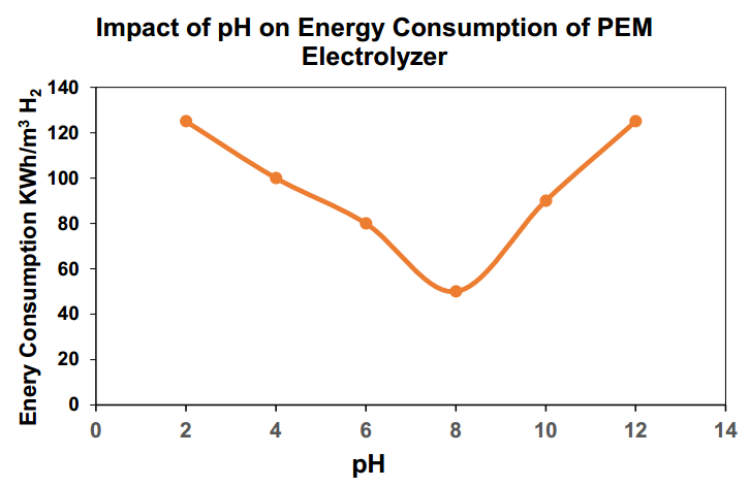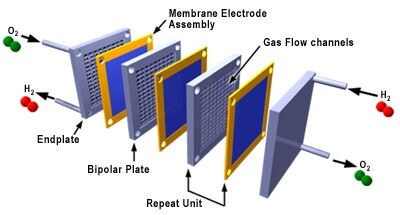Japanese Scientists Invent Solid-State Hydrogen Battery, Bringing Hydrogen-Powered Vehicles One Step Closer to Reality
- 逸风 黄
- Sep 23
- 2 min read
Hydrogen energy is hailed as the ultimate clean energy of the 21st century. But have you ever wondered why hydrogen-powered vehicles haven’t gone mainstream? One core bottleneck is—hydrogen storage is incredibly difficult. It either requires ultra-low temperature, high-pressure tanks like those used for liquefied natural gas, or suffers from low efficiency. Now, a disruptive breakthrough from Japan may be changing everything.
Researchers at the Tokyo Institute of Science have developed a hydrogen battery that stores and releases hydrogen at just 90°C, using the movement of hydride ions (H⁻) through a solid electrolyte. This offers a safe, efficient, and reversible alternative to traditional high-temperature methods.

Taming the Lightest Gas on Earth
Imagine trying to harness hydrogen, the lightest gas known. Currently, we rely on two main methods:
High-pressure compression: Hydrogen is squeezed into sturdy tanks at 350–700 times atmospheric pressure.
Cryogenic liquefaction: Hydrogen is cooled below –253°C to become a liquid.
Both approaches pose serious challenges in terms of safety, cost, and convenience. Scientists have long sought a gentler, more efficient method—solid-state hydrogen storage, akin to soaking up hydrogen like a sponge into solid materials. But past attempts required extreme temperatures (300–400°C) to release hydrogen or suffered from poor efficiency, making them impractical.
A Game-Changing Solution from Tokyo University of Science
Recently, the prestigious journal Science published a groundbreaking study from Tokyo University of Science. The team successfully developed a new type of solid-state hydrogen battery. What makes this invention remarkable?
Ultra-low operating temperature: Just 90°C—easier than boiling water—eliminating the need for extreme heat.
High hydrogen storage capacity: Fully utilizes the theoretical potential of magnesium hydride (MgH₂), reaching 2,030 mAh/g (equivalent to 7.6% by weight).
Safe and reversible: Like a rechargeable battery, it can safely and efficiently store and release hydrogen repeatedly.
Assistant Professor Naoki Matsui, the lead researcher, stated:
“We’ve demonstrated a safe and efficient hydrogen storage device that achieves high capacity, low-temperature operation, and reversible hydrogen absorption and release.”
The Secret: A “Highway” for Hydrogen Ions
At the heart of this breakthrough is a newly designed solid electrolyte with the chemical formula Ba₀.₅Ca₀.₃₅Na₀.₁₅H₁.₈₅. Think of it as a high-speed highway built specifically for hydride ions (H⁻).
Inside the battery, this “highway” features a unique crystal structure that allows hydride ions to move freely:
During charging: Magnesium hydride at the negative electrode releases hydride ions, which race through the electrolyte and are stored as pure hydrogen gas at the positive electrode.
During discharging: Hydrogen gas at the positive electrode converts back into hydride ions, travels through the highway, and recombines with magnesium at the negative electrode—releasing energy in the process.
This efficient ion transport mechanism makes hydrogen storage and release smoother and more effective than ever before.
A Key Step Toward the Hydrogen Era
This invention isn’t just a lab success—it clears a major hurdle for the widespread adoption of hydrogen energy. Researcher Takashi Hirose summarized:
“The characteristics demonstrated by our hydrogen storage battery were previously unattainable. It lays the foundation for developing efficient hydrogen storage systems.”
From hydrogen-powered vehicles to carbon-free green industries, a cleaner and more efficient hydrogen future may be arriving faster—thanks to this tiny but mighty battery.







Comments